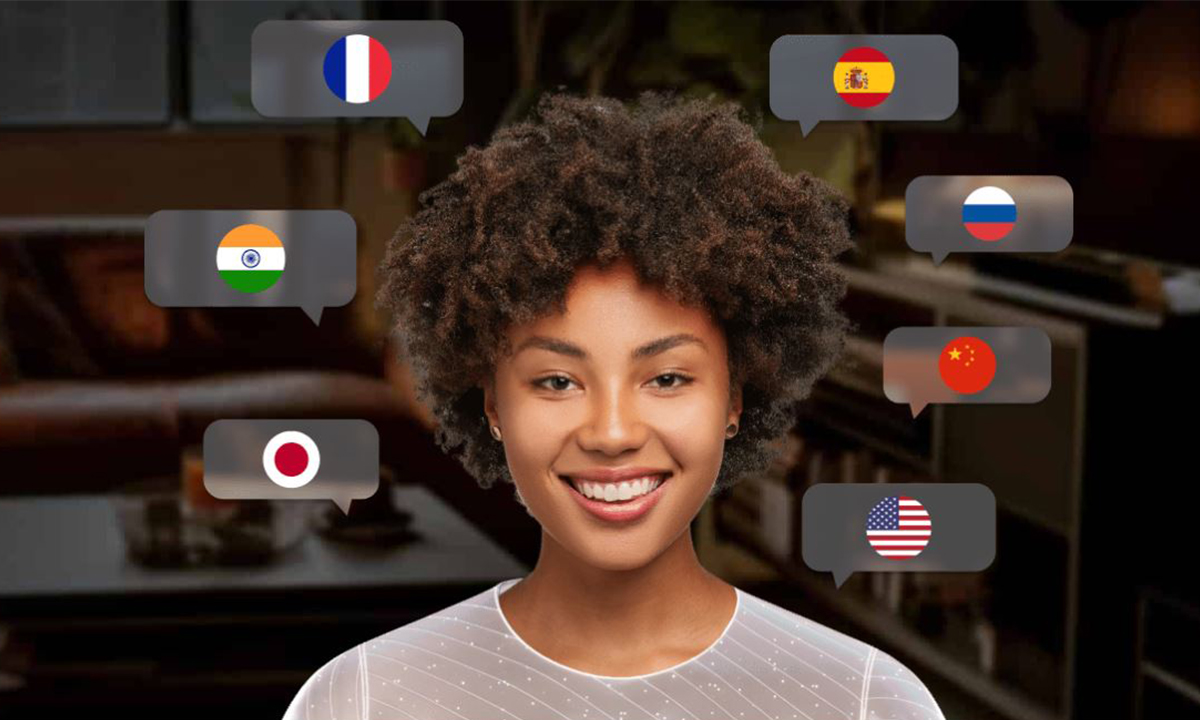Bussiness
How AI Translation Could Rewire Global Business

A new generation of artificial intelligence (AI)-powered translation tools is dismantling language barriers and reshaping how companies communicate across borders and cultures, experts say.
Unlike earlier services like Google Translate, which often produced awkward or nonsensical results, these new AI solutions leverage advanced machine learning to capture nuance and context.
AI video creation platform D-ID exemplifies this trend with its recently launched AI Video Translate technology. The tool goes beyond simple translation, cloning speakers’ voices and adjusting lip movements to match the translated words across 30 languages.
“AI-powered translation tools are revolutionizing international business negotiations by breaking down language barriers and enabling real-time communication across cultures,” Brian Gavin, co-founder of Wally, a platform focused on digital accessibility, told PYMNTS.
New Frontier of AI Translation
D-ID’s Video Translate generates multilingual videos by cloning the speaker’s voice and adjusting their lip movements from a single upload. The tool aims to make video translation more accessible by reducing costs and time, allowing creators to reach broader audiences. Currently available for free to D-ID subscribers, the service supports multiple languages, including Arabic, Mandarin and French.
“As video content becomes increasingly central to digital communication, the importance of engaging with a multilingual audience has never been more significant,” Gil Perry, co-founder and CEO of D-ID, said in a news release. “D-ID Video Translate is a game-changer for anyone who wants to create engaging and accessible video content for a global audience without incurring significant costs, redefining how we communicate around the world.”
The technology goes beyond mere text translation. Raghu Ravinutala, CEO and co-founder of AI translation firm yellow.ai, told PYMNTS, “Recent advancements in conversational AI-powered dynamic AI agents have expanded their language capabilities. Voice AI can detect and respond in multiple languages, while generative AI chatbots engage in nuanced multilingual conversations, enabling human-like conversations with empathy and clarity.”
These advances could streamline operations and cut costs for multinational corporations. Global call centers, often hobbled by language mismatches, stand to benefit significantly. “If a pricing or shipping issue occurs, support must work closely with the finance and on-ground logistics teams to resolve the problem instantly. But what happens if language barriers bar that interteam collaboration?” Ravinutala said.
The implications extend far beyond customer service. Gavin sees AI translation reshaping hiring practices: “With AI translation, companies can tap into a global workforce without being constrained by language, allowing them to hire the best talent regardless of linguistic background. This not only enhances workforce diversity but also fosters a more inclusive and collaborative environment, where diverse perspectives can thrive and contribute to innovation on a global scale.”
This shift could prove particularly transformative for blue-collar workers. Ravinutala said, “The deployment of solutions with robust multilingual capabilities is empowering blue-collar workers to communicate and engage in their preferred languages seamlessly. This transformation is particularly evident among our customers spanning diverse sectors, especially utilities and manufacturing.”
In customer service, Gavin noted that these technologies “not only ensure that customers worldwide receive timely and accurate support, but they also help organizations cater to a more diverse audience, fostering trust and loyalty on a global scale.”
Still Work to Be Done
Yet challenges remain. AI translation still struggles with nuance and context in complex languages. Ethical concerns linger about the potential for creating misleading content, especially as the technology advances to manipulate audio and video.
There’s also the unpredictability factor. Users have reported instances of ChatGPT spontaneously switching to Welsh when interacting with users in the U.K. — a quirk that underscores the technology’s ongoing development.
Despite these hurdles, the market is growing. Research firm MarketsandMarkets projects the global natural language processing market, which includes translation technologies, will surge from $11.6 billion in 2020 to $35.1 billion by 2026.
As AI translation tools mature, they promise to redraw the map of global commerce. These technologies may soon bridge linguistic divides more effectively than ever for businesses eyeing international expansion.
For all PYMNTS AI coverage, subscribe to the daily AI Newsletter.









